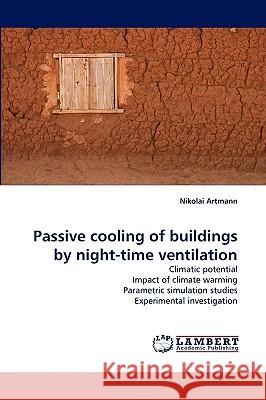Passive Cooling of Buildings by Night-Time Ventilation » książka
Passive Cooling of Buildings by Night-Time Ventilation
ISBN-13: 9783838339931 / Angielski / Miękka / 2010 / 164 str.
In modern, extensively glazed office buildings air conditioning is increasingly applied even in moderate and cold climates. Night-time ventilation is often seen as a promising passive cooling concept. However, due to uncertainties in the prediction of thermal comfort, architects and engineers are still hesitant to apply passive cooling techniques. The concept involves cooling the building structure overnight in order to provide a heat sink during the occupancy period. As this requires a sufficiently high temperature difference between the ambient air and the building structure, the efficiency of night cooling is highly sensitive to climatic conditions and hence also to climate warming. Because heat gains and night ventilation periods typically do not coincide in time, heat storage is essential for effective night cooling. The results of parametric simulation studies and experimental investigations show a significant impact of the heat transfer at internal room surfaces on heat storage capacity, especially for thick, thermally heavy elements. A practicable method for the estimation of the potential for cooling by night-time ventilation during an early stage of design is proposed.











